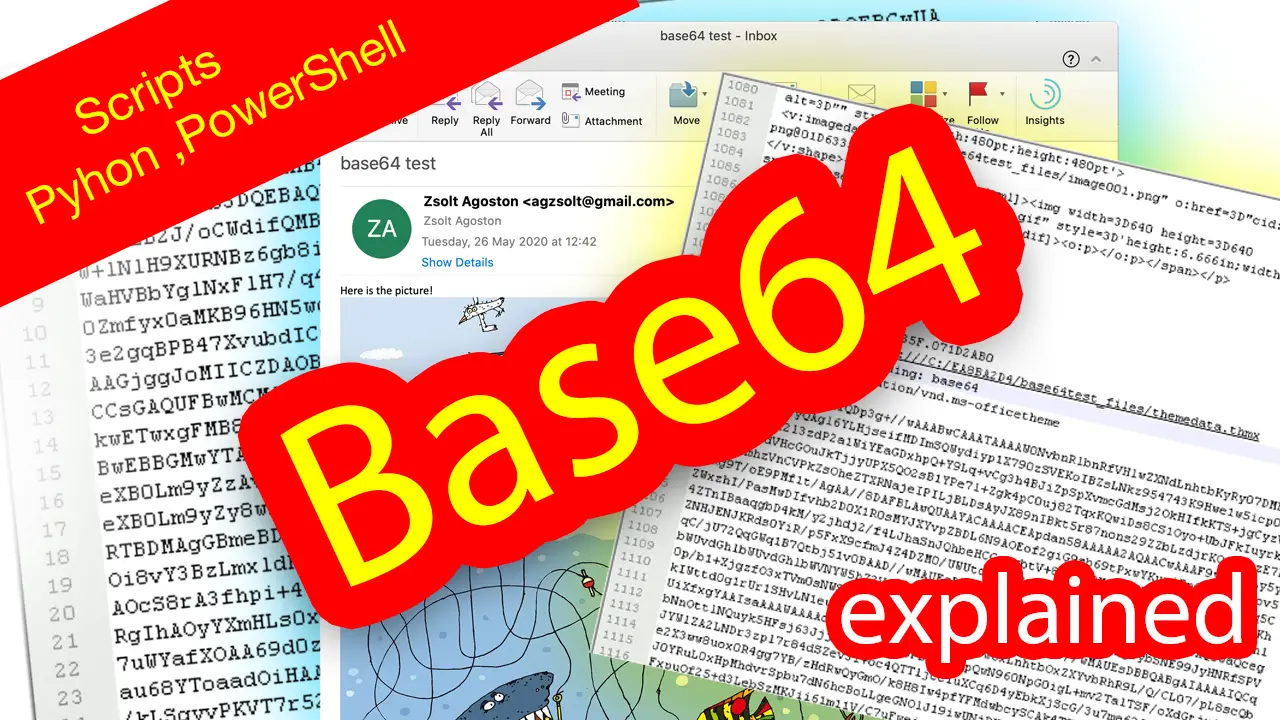

PEM files are usually seen with the extensions. Most certificate files downloaded from SSL.com will be in PEM format. A single PEM file could contain an end-entity certificate, a private key, or multiple certificates forming a complete chain of trust. BEGIN CERTIFICATE- and -END CERTIFICATE-). A PEM file is a text file containing one or more items in Base64 ASCII encoding, each with plain-text headers and footers (e.g. PEM (originally “ Privacy Enhanced Mail”) is the most common format for X.509 certificates, CSRs, and cryptographic keys. Convert DER-encoded certificate with chain of trust and private key to PKCS#12.View contents of DER-encoded certificate file.What does a DER-encoded certificate look like?.Convert PEM certificate with chain of trust and private key to PKCS#12.Convert PEM certificate with chain of trust to PKCS#7.

BASE64 ENCODING ON WINDOWS INSTALL
If you would like to use OpenSSL on Windows, you can enable Windows 10’s Linux subsystem or install Cygwin. If you are using a UNIX variant like Linux or macOS, OpenSSL is probably already installed on your computer. OpenSSL is a very useful open-source command-line toolkit for working with X.509 certificates, certificate signing requests (CSRs), and cryptographic keys. It also provides visual examples of each encoding, and illustrates some common file format conversions with OpenSSL. This guide points out the major differences between PEM and DER files and common filename extensions associated with them. However, there is some overlap and other extensions are used, so you can’t always tell what kind of file you are working with just from looking at the filename you may need to open it in a text editor and take a look for yourself.Īs you work with digital certificates, you may find yourself with the need to convert between PEM and DER files, view their contents as human-readable text, or combine them into common container formats like PKCS#12 or PKCS#7. These extensions generally map to two major encoding schemes for X.509 certificates and keys: PEM (Base64 ASCII), and DER (binary). You may have seen digital certificate files with a variety of filename extensions, such as.


 0 kommentar(er)
0 kommentar(er)
